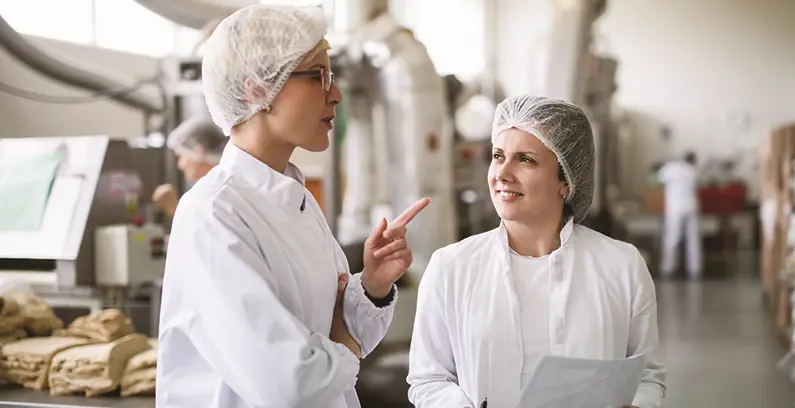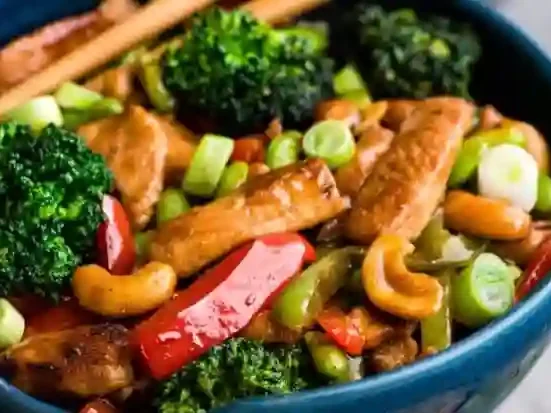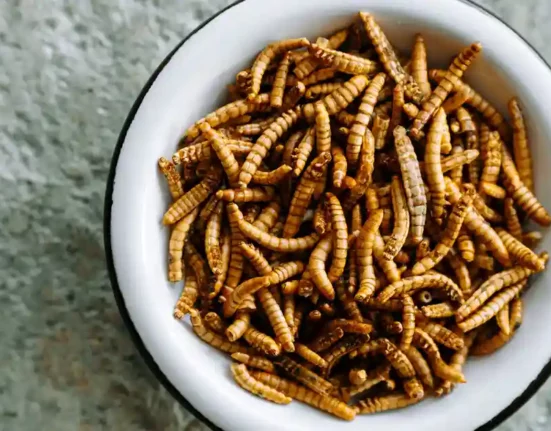Verification means the use of the application of methods, procedures, tests, and other evaluations besides surveillance to determine whether a combination of control measures or control measures is intended or acted upon and the validity of the food security scheme is established.
Examples of Verification
A common example of food verification include:
The time has come to review and cook the cooking records to confirm the temperature required.
The food was cold enough to review the refrigeration record to confirm it.
The observation that employees are following good food handling practices
Calibration thermometer – – confirms that they are reading correctly
To verify that your process was done sincerely, get your product sampled for the pathogens.
Test of the place of production for environmental surveillance pathogens, in drains, etc.
Verification of suppliers – you are reviewing supplier’s records to confirm that they are loyal to their food safety practices and claims.
Elements of validation activities
To verify that food processors need to develop, document, implement and maintain a program to include three major elements while setting up a program that FMS is working:
- ha c p plan
- props
- other components of the FSMS
FSMS are to be verified at iso 22000 and include the development of a scheme for verification activities. The scheme defines objectives, methods, frequencies, and responsibilities for verification activities. Verification ensures:
- PRP apply and get effected
- input has been updated for risk analysis.
- operational PRP and HACCP scheme has been implemented and is effective.
- other processes have been applied and updated for FSMS.
Iso 22000 requires assessment of personal verification results to ensure the food processor is complying with planned activities for FSM. if not Then action should be taken to revert FSMS in compliance. In addition to analysis of the results of verification activities in iso 22000. This analysis is done to provide a picture of the overall system performance of FSMS. The analysis results provide the input required to improve and strengthen FSMS.
H older than these needs A. c c p Had expectations and strengthens. Set up with s A of food and drug administration The regulations for the seafood phase of “each processor will verify that a. A. c c p Executing the system design.”
The regulation also contracted, “each processor will validate that each. A. c c p Planning is enough to control the food hazards that are likely to occur; this verification will occur at least once within 12 months of implementation and is followed by at least annually or whenever there is a change in the process that can affect the hazard analysis or make changes in the HACCP plan in any way. Confirmation of the props and CSPS.
A lot of processors may reveal that c. c p Set up with s And p pp Verification of food safety is necessary, but there are a few who do not fully understand how this should be done. The four major types of verification activities are:
- a nondescript example of documents is reviewing the records of the CCP to ensure that most of the specific product ach. A. c c p Complies with the plan.





